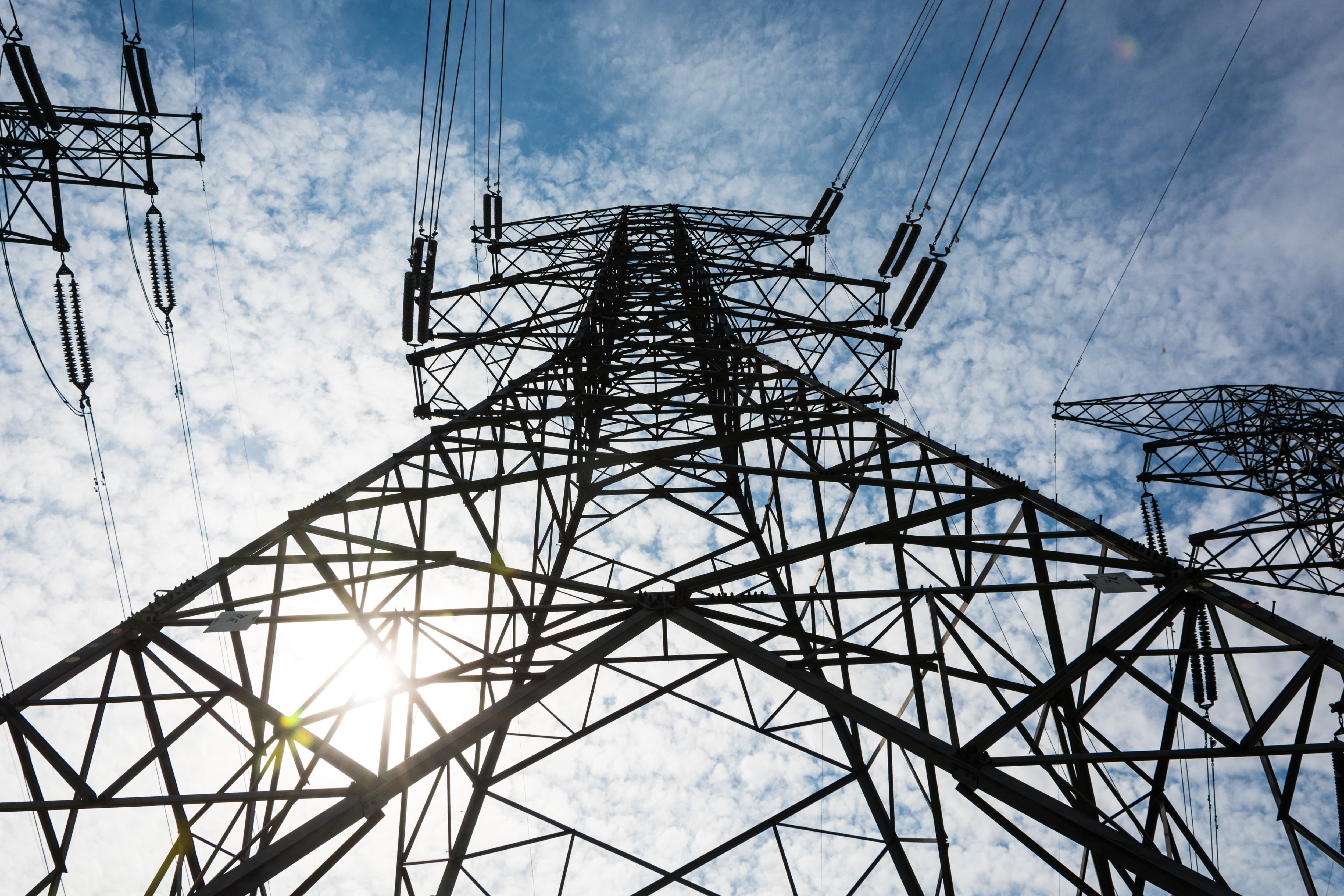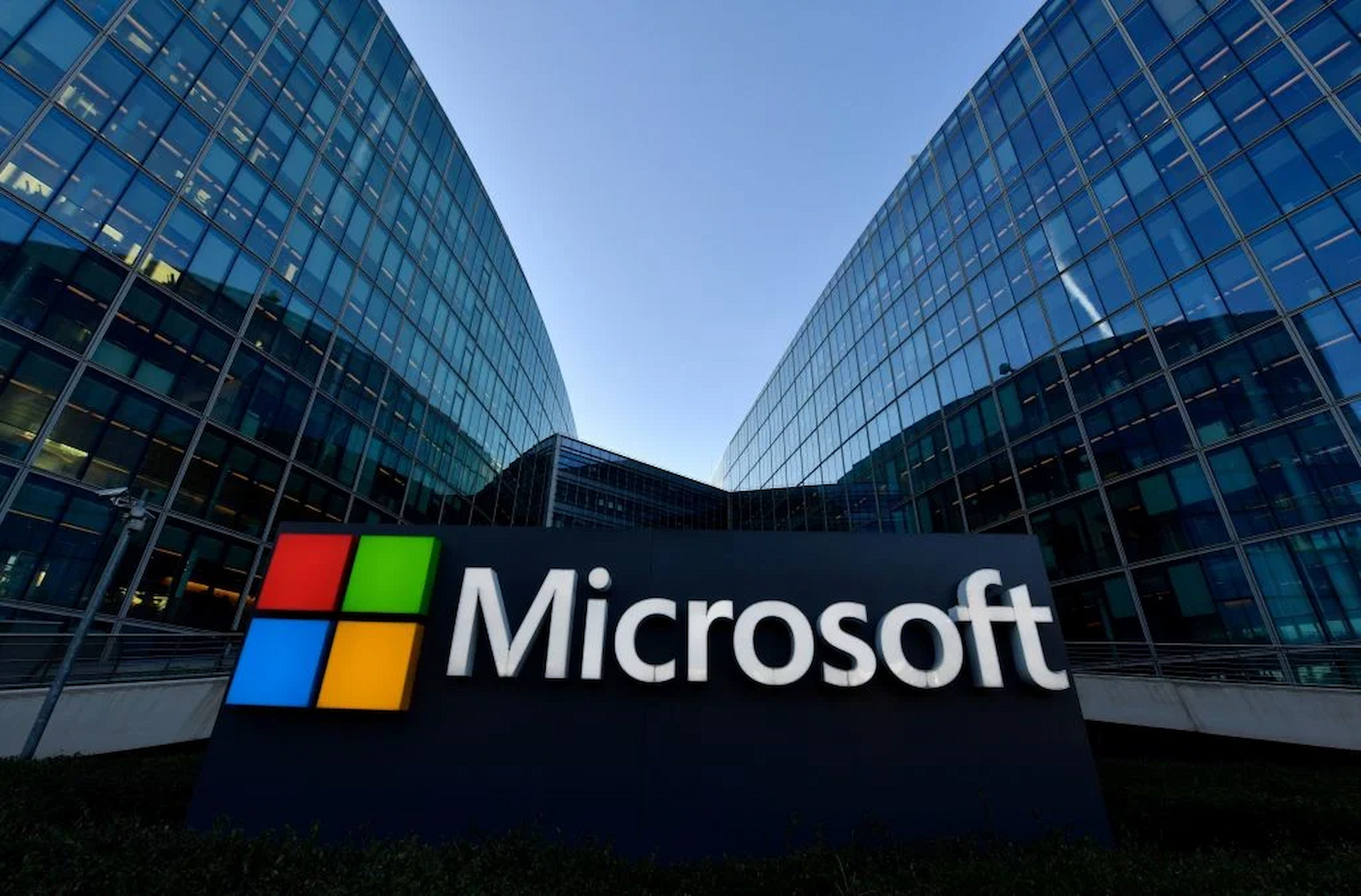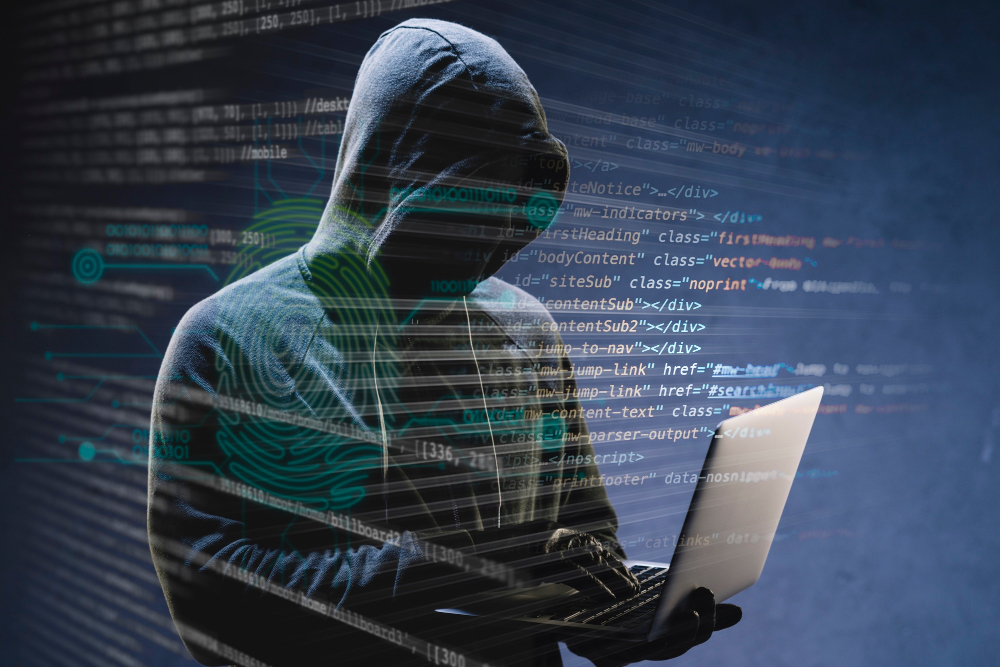NVIDIA and Hyundai Motor Group will build a Blackwell-powered AI factory for autonomous vehicles, smart plants and robotics. The partners will co-develop core physical AI, shifting from tool adoption to capability building across mobility, manufacturing and on-device chips.
The programme targets integrated training, validation and deployment on 50,000 Blackwell GPUs. In parallel, both sides will back the physical AI cluster in South Korea with about $3 billion, creating an NVIDIA AI Technology Center, Hyundai’s Physical AI Application Center and regional data centres.
Hyundai will use NVIDIA DGX for model training, Omniverse and Cosmos on RTX PRO Servers for digital twins and simulation, and DRIVE AGX Thor in vehicles and robots for real-time intelligence. The stack underpins design, testing and deployment at an industrial scale.
Factory digital twins will unify data, enable virtual commissioning and improve predictive maintenance, supporting safer human-robot work. Isaac Sim will validate tasks and ergonomics before line deployment, speeding robot integration and lifting throughput, quality and uptime.
Vehicles will gain evolving features via Nemotron and NeMo, from autonomy to personalised assistants and adaptive comfort. DRIVE AGX Thor with safety-certified DriveOS will power driver assistance and next-generation safety, linking car and factory into one intelligent ecosystem.
Would you like to learn more about AI, tech, and digital diplomacy? If so, ask our Diplo chatbot!








